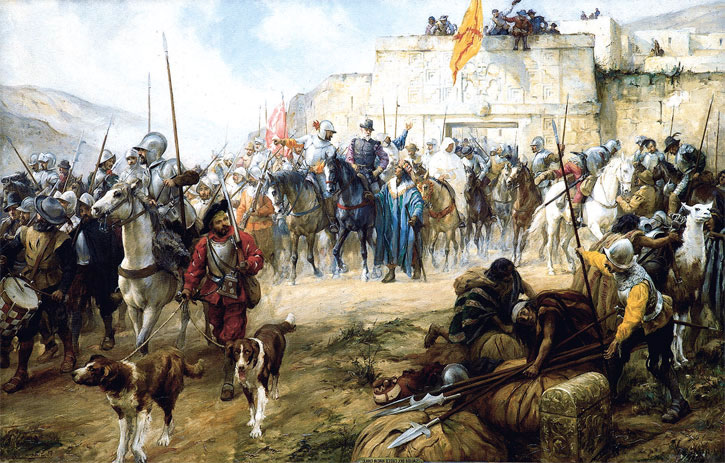Fashion Book Friday: Morir un poco. Moda y sociedad en Chile 1960-1976. (To Die a Little. Fashion and Society in Chile 1960-1976) by Pía Montalvo
This is my archive of fashion related books. Most of them are in English, but many are not. Some are new, but many are real finds. Depends on the topic, really...
I´ve started collecting fashion books as a teenager, but lately I have become very interested in fashion "on the margins", far from Paris or New York, both in terms of how the industry works there and how individuals relate to fashion. Chile is far from being a fashion hub - in Latin America, the centres are in Argentina, Brasil or Colombia. The author of Morir un poco... looks at fashion as a cultural and social phenomenon in a key moment of the country´s history - the relative prosperity of the 60s, Allende´s leftist government and the first few years after the military coup d´etat in 1973. Not particularly picture heavy - and the ones that are there are small and black and white, the analysis is brilliant, well researched and quite detailed.
Empecé a coleccionar libros de moda cuando era adolescente, pero últimamente me he interesado mucho por la moda " en los márgenes", lejos de París o Nueva York, tanto en términos de cómo funciona la industria y cómo las personas se relacionan con la moda. Chile, desde luego, está lejos de ser un centro de la moda: en América Latina, estos se encuentran en Argentina, Brasil o Colombia. La autora de Morir un poco... considera la moda como un fenómeno cultural y social en un momento clave de la historia del país: la relativa prosperidad de los años 60, el gobierno izquierdista de Allende y los primeros años posteriores al golpe militar de 1973. No destaca por tener muchas ilustraciones, y las que están son pequeñas y en blanco y negro, pero el análisis es brillante, cuidadosamente investigado y muy detallado.
The first three chapters describe the mechanisms of Chilean fashion and textile industry, their
activities and possibilities, foreign influences and attempts at establishing an unique "Chilean" style. Local designers, such as Marco Correa (about whom the Santiago Fashion Museum had an exposition recently) or Nelly Alarcón (a dress form 1972 on the left, source: Paula.cl) receive particular attention. Particular attention is paid on the distribution and access to potential customers - press, fashion shows, the emergence of a boutique culture.
Los primeros tres capítulos describen los mecanismos de la industria textil y de moda en Chile, sus actividades y posibilidades, las influencias extranjeras e intentos de establecer un estilo únicamente "chileno". Se dedica particularmente a diseñadores locales, como Marco Correa (sobre quien el Museo de la Moda de Santiago realizó una exposición recientemente) o Nelly Alarcón (un vestido de 1972 a la izquierda, fuente: Paula.cl). Presta especial atención a la distribución y el acceso a clientes potenciales: prensa, desfiles de moda, y el surgimiento de una cultura boutique.
The next chapters look at the trends and developments between 1968 and 1976 year by year, and once more, the analysis is fascinating and readworthy. She establishes connections between fashion trends and social and political tendencies, when "monastic fashions" (a trend that takes elements from church dresses, and also existed in other hispanic countries, such as Spain) arise at a time when the influence of the Catholic Church on Chilean society begins to wane. Allende´s government showed a strong interest in the development of local fashions and crafts - there was an official encouragement programme, and Pablo Neruda helped Nelly Alarcón to organise a fashion show in Paris. After the coup, more conservative fashions prevailed, pants disappeared from the streets, and the recently released Great Gatsby (right, Movpins) became the biggest, nostalgic new trend. Economic influences, such as the oil crisis, also played their role. The description in these chapters is detailed enough to be a source for writers or artists.
Los siguientes capítulos estudian las tendencias y eventos entre 1968 y 1976 año por año, y una vez más, el análisis es fascinante y merecedor de se leído detenidamente. Establece conexiones entre las tendencias de la moda y las tendencias sociales y políticas, como cuando la "moda monástica" (una tendencia que adapta elementos de vestimienta eclesiástica y también existía en otros países hispanoparlantes, como España) surge en un momento en el que la influencia de la Iglesia Católica en la sociedad chilena comienza a disminuir. El gobierno de Allende mostró un gran interés en el desarrollo de la moda y la artesanía locales: había una campaña de apoyo oficial, y Pablo Neruda ayudó a Nelly Alarcón a organizar un desfile de moda en París. Después del golpe, prevaleció la moda más conservadora, los pantalones desaparecieron de las calles y la recientemente lanzada The Great Gatsby (arriba, Movpins) se convirtió en la grande, nostálgica tendencia. Influencias económicas, como la crisis del petróleo, también jugaron un papel. La descripción en estos capítulos es lo suficientemente detallada como para servir de fuente para escritores o artistas.
The book is not easy to find, but an excellent read, and a good example of how fashion works "on the margins"
El libro no es fácil de encontrar, pero es una lectura excelente y un buen ejemplo de cómo funciona la moda "en los márgenes".
ISBN: 978-956-324-370-3


-large-picture.jpg)


No comments:
Post a Comment